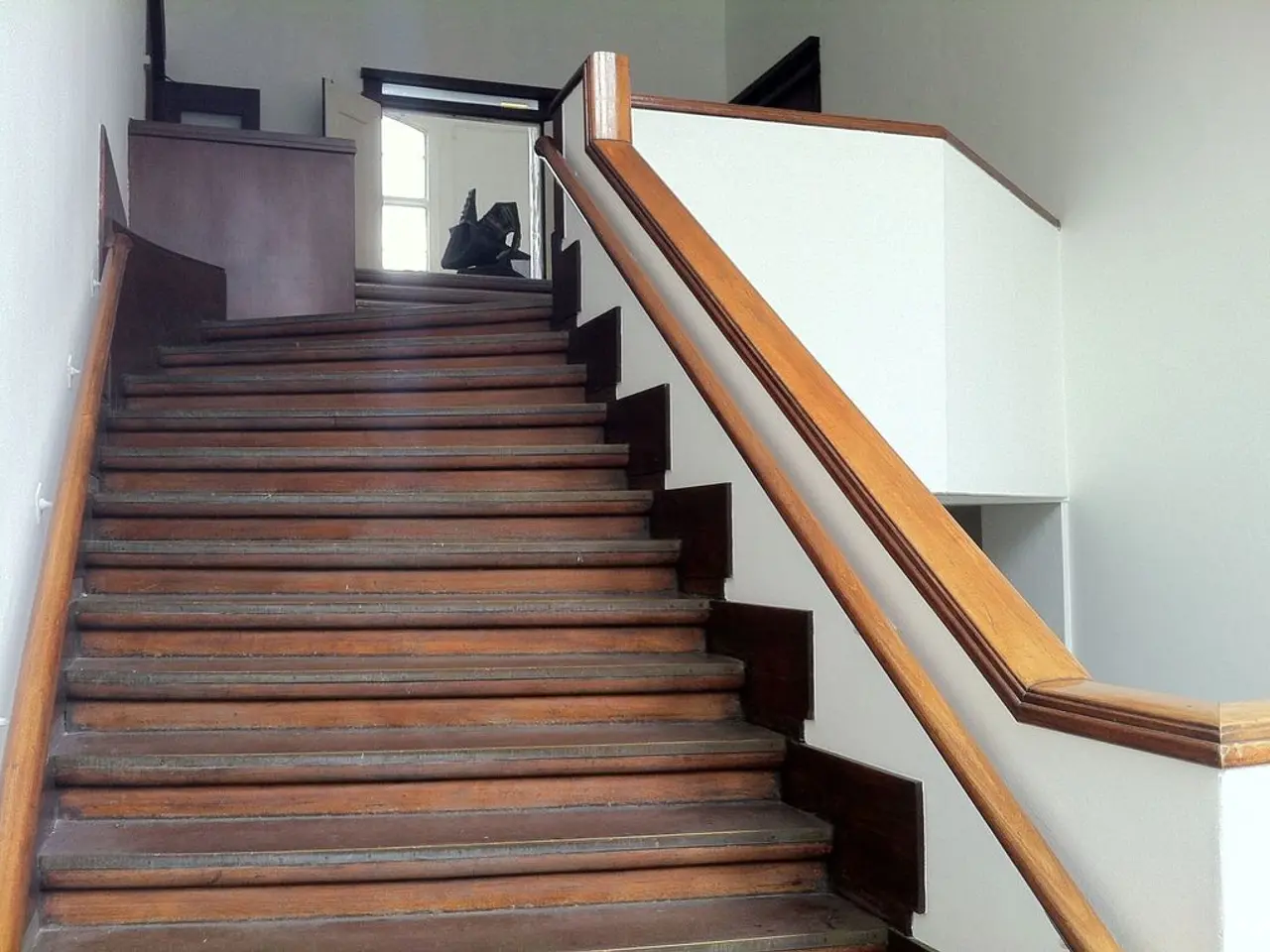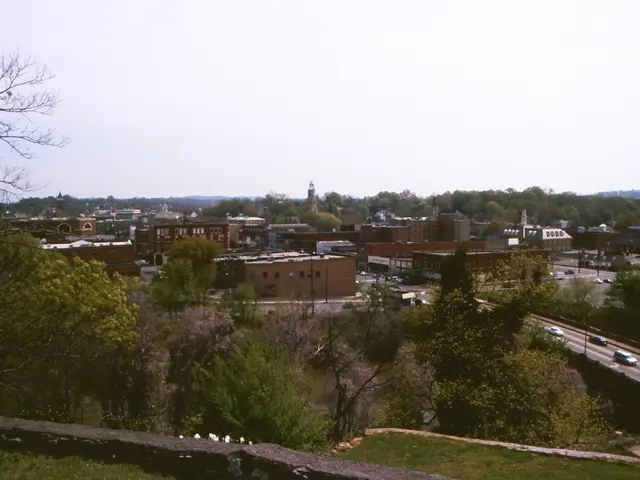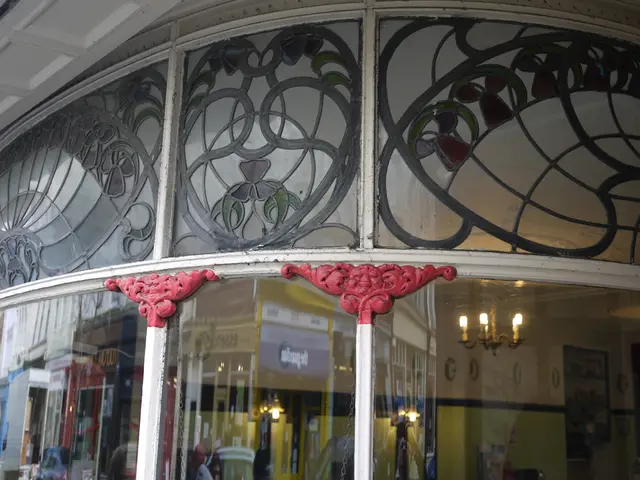Historic Palais Schwerin: Berlin's Oldest Town House Evolves
The historic Palais Schwerin in Berlin has a fascinating history, from its original construction to its integration into the Old Mint building in 1937. The palace, commissioned by Friedrich Wilhelm Ludwig von Schwerin, has stood the test of time, becoming one of the oldest surviving town houses in the city.
Originally built between 1698 and 1704 by architect Jean de Bodt, Palais Schwerin was part of Berlin's expansion into a residential city under King Frederick I. It was commissioned by the aristocratic von Schwerin family, with Friedrich Wilhelm Ludwig von Schwerin being the original patron.
The palace, divided into three floors, features an elaborate original staircase inside. It was moved back a few meters and integrated into the new mint building when the Old Mint was rebuilt in 1937. This integration was made possible by a building contract awarded by Minister of State Otto von Schwerin, a descendant of the original commissioner.
Palais Schwerin, with its rich history and architectural details, continues to be a significant part of Berlin's heritage. Its integration into the Old Mint building in 1937 is a testament to the city's ability to preserve its past while adapting to change.
Read also:
- American teenagers taking up farming roles previously filled by immigrants, a concept revisited from 1965's labor market shift.
- Weekly affairs in the German Federal Parliament (Bundestag)
- Landslide claims seven lives, injures six individuals while they work to restore a water channel in the northern region of Pakistan
- Escalating conflict in Sudan has prompted the United Nations to announce a critical gender crisis, highlighting the disproportionate impact of the ongoing violence on women and girls.





